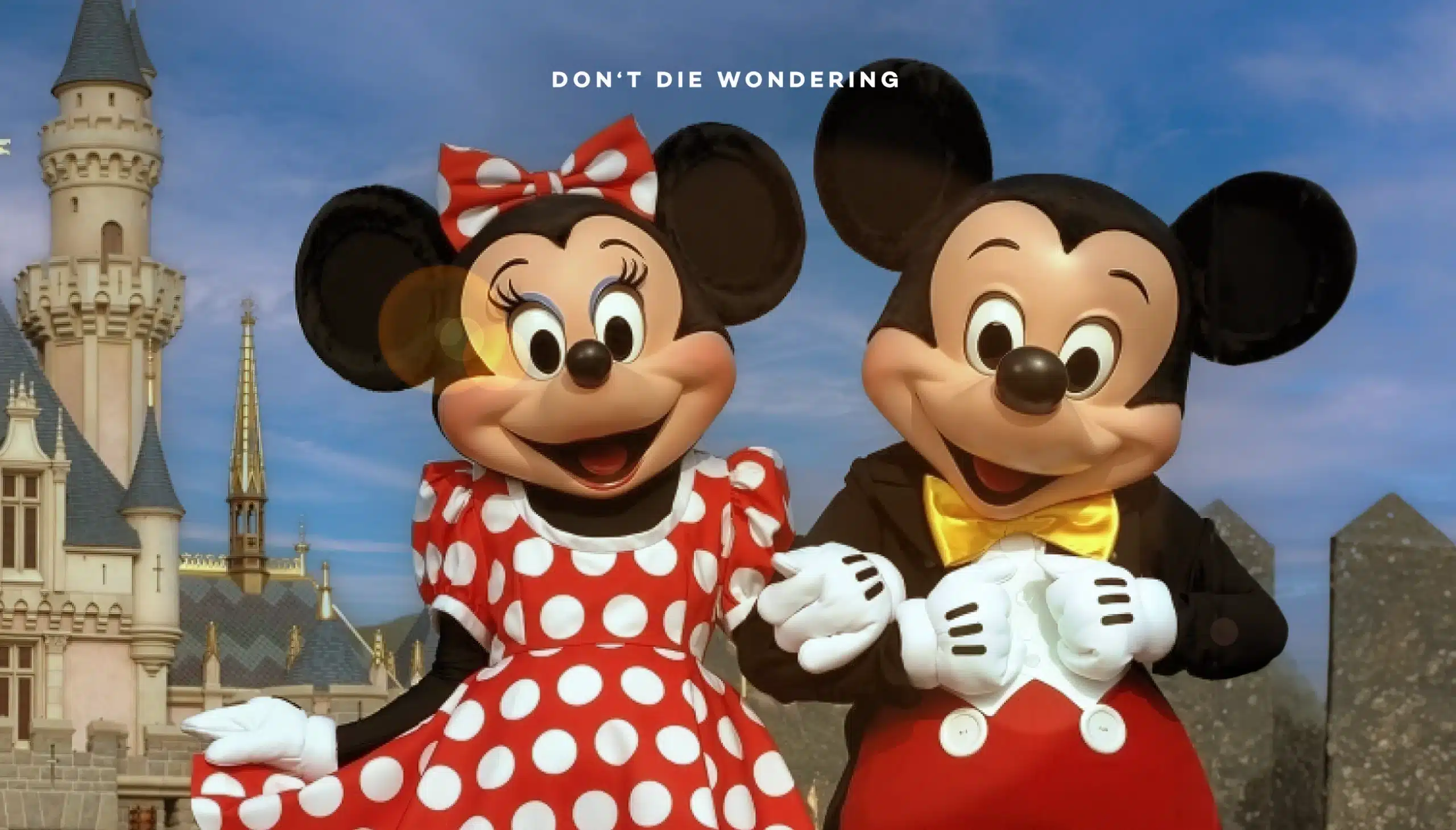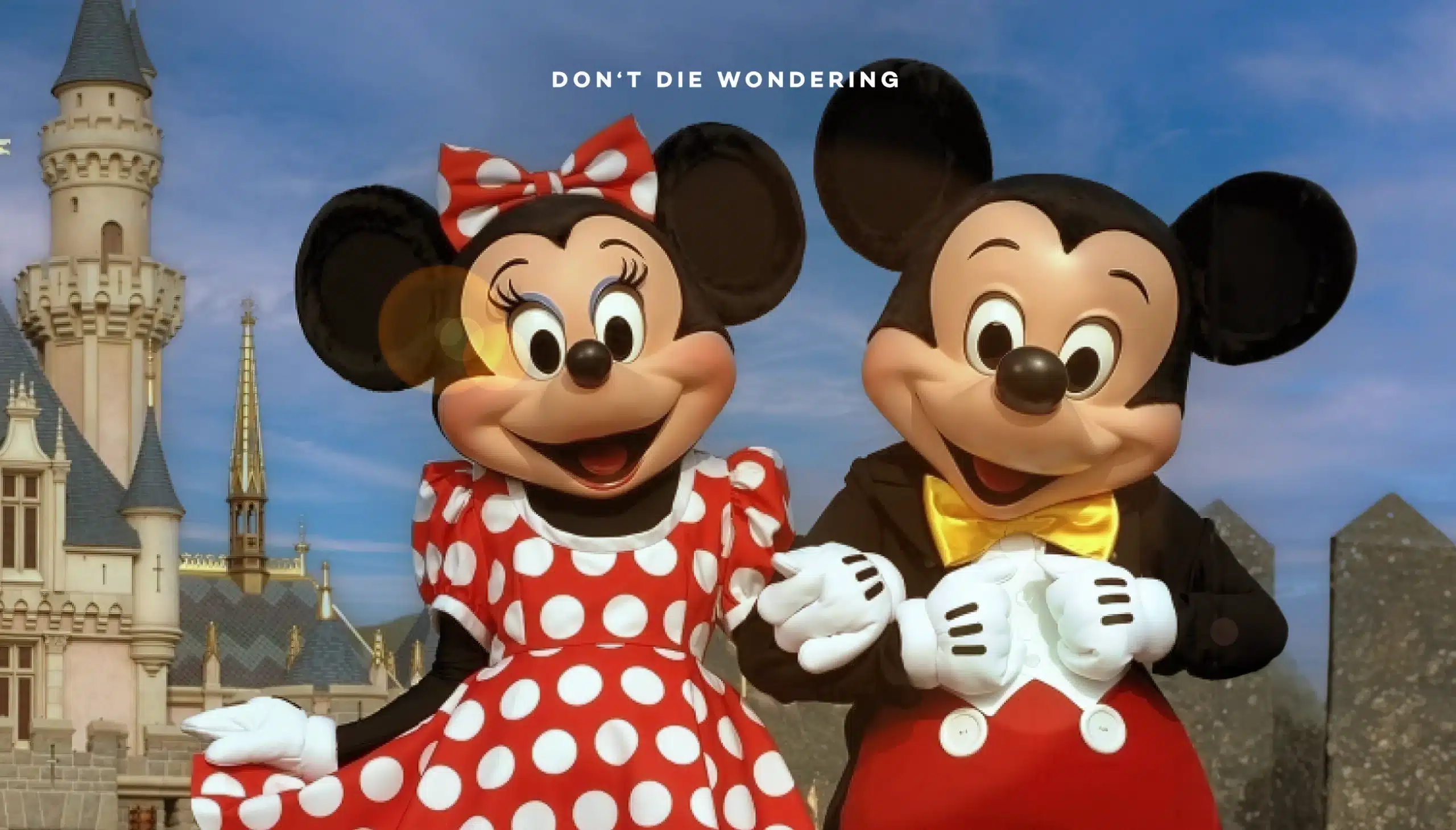Walt Disney is much more than our childhood entertainment shows! It has a business success story that is worth knowing.
Known for its “was all started by a mouse” statement, Walt Disney’s corporation has grown to be a $156 billion industry that includes theme parks, television networks, movies, and a streaming service that reaches millions of people worldwide.

Unlocking the Magic: How Walt Disney Started from Little to Create an Empire
Two essential components of Walt Disney‘s business strategy were innovation and variety. He was always one to experiment with new narrative techniques and push limits, even in his early days of making short films. The steady stream of novel concepts kept people captivated and craving more. Still, that’s not all! Disney diversified because he realized it wouldn’t be wise to put all of his eggs in one basket. He ventured into TV series, theme parks, and even cruises! Well thought out action, don’t you think? In this manner, his business generated revenue even during difficult economic times.
There’s more to this Disney story, though! Walt was a leader with a capital “L,” not merely a dreamer. He encouraged his staff to think broadly and take calculated risks while paying close attention to the little things. In addition, he was a marketing prodigy who created tales and characters that captivated audiences worldwide! Disney was more than just a business under Walt’s leadership—it was a force of imagination and inventiveness!
Walt Disney faced an array of challenges during his travels. He overcame everything, including creative blockages, financial difficulties, and even a violent confrontation with his staff. But did he allow these failures to deter him? Absolutely not! He pursued his aim of creating magic that would brighten the lives of people everywhere, regardless of their background or age, with unshakable dedication.
Mickey’s Creation: Disney’s Breaking Point
Disney eventually brought Mickey Mouse to life on the big screen in the late 1920s, regaining his crown in the entertainment industry, after years of struggling to make ends meet and sinking into debt. But the struggle, oh! Before one banker finally realized the potential of his iconic mouse, over 300 others laughed at the notion.
Despite Mickey’s success, Disney was still having a lot of problems. Disney reached a breaking point when he was overworked and dealing with conflict at work, which got so bad that his boss started stealing his best animator.
Disney made a big comeback with Snow White and the Seven Dwarfs, his grandiose proposal for a feature-length animation, following a much-needed break with his wife (1937). It was a big hit that turned around Disney’s finances. However, Disney was left scratching his head when his following movies, Pinocchio (1940), Fantasia (1940), and Bambi (1942), failed miserably at the box office.
When Troubles Struck: Disney’s Animator Dilemma in World War II
Another challenge Disney faced during the turbulent Second World War was a strike by his animators. His financial difficulties, which had already accumulated to an astonishing $4 million, were made worse by this obstacle. Disney, though, was unfazed by the setbacks. His company saw a delayed comeback as the conflict came to an end. Disney still took advantage of the chance to broaden his company’s offerings and entered the television industry in spite of opposition from well-established film companies.
It turned out to be a lucky move for him. With the help of popular TV programs like “The Mickey Mouse Club” and “Davy Crockett,” Walt Disney was able to raise the money required to start his biggest project yet: Disneyland. In addition to securing Disney’s legacy, this theme park would permanently alter the entertainment scene.

Managing Disney’s Financial Journey: From Initial Public Offering to Overcoming Obstacles
Disney had difficult financial times in its early years, despite these artistic triumphs. Making innovative movies came at a great expense, with slim profit margins. Disney decided to go public in order to address this. Walt Disney Studios raised about $3.875 million for the company in 1940 by issuing 155,000 shares of 6% convertible preferred stock.
Even so, the business continued to have financial difficulties, particularly with the release of pricey movies like “Bambi,” “Fantasia,” and “Cinderella.” Undeterred, Walt expanded the Disney portfolio by making high-margin nature documentaries and founding Buena Vista, the company’s distribution arm.
The Birth of Disneyland: A Dream Realized
Walt Disney came up with the fantastic concept to build an amusement park where families could get together and have a great time back in the early 1930s. He had bigger plans than just creating the typical coasters; he wanted to create something completely original that would wow everyone!
Disneyland Park first opened its doors in Anaheim, California, on July 17, 1955, following much planning and laborious effort. And believe me when I say that it became popular immediately! Is that really possible? In just the first year, three million people attended!
Nowadays day, Disneyland Resort consists of two parks rather than simply one! The iconic Disneyland Park and the magnificent Disney California Adventure Park are both available. In addition, the vibrant Downtown Disney District and three upscale hotels are nearby. It is like a whole enchanted universe contained in one fantastic location!

Synergy
Disney also invented synergy, a marketing gimmick that leverages movies and characters to sell toys, DVDs, and experiences for a profit. Theme parks have adapted movies into attractions, and vice versa. One such example is “Pirates of the Caribbean.” When Disney launched a stage version of “Beauty and the Beast” on Broadway in 1994, the cross-platform approach was fully operational. After three years, “The Lion King” made its debut.
Merchandising
Disney discovered that character products could be a lucrative business in the 1930s when its cartoon characters were enthralling audiences. It was as if they could finance their movie endeavors with a money tree!
What then is the recipe for Walt Disney’s success? It’s a combination of storytelling, creativity, and innovation. Disney created a legacy by adhering to these values, one that has inspired and amused people for countless years. There is much to learn from Walt Disney’s journey, regardless of your interest in his films, theme parks, or commercial acumen. And trust me when I say that his impact will continue to shape entertainment for years to come!


